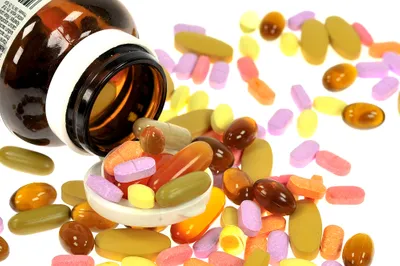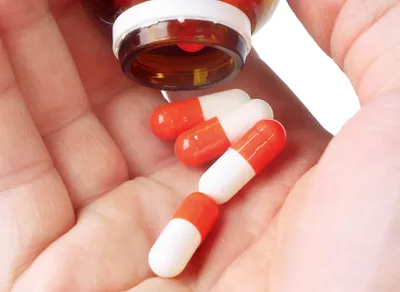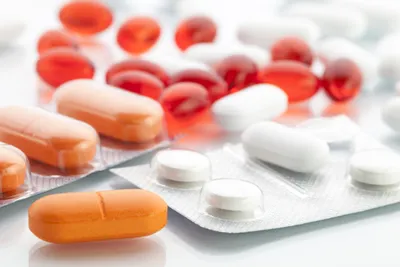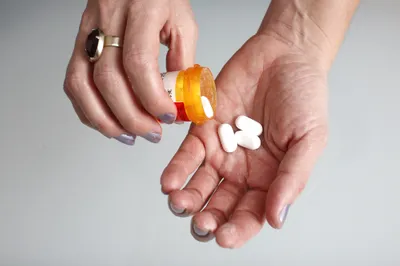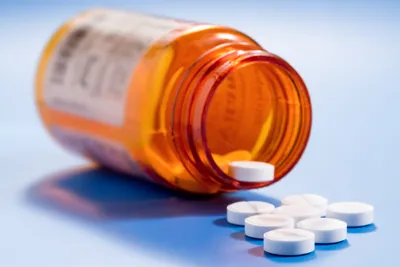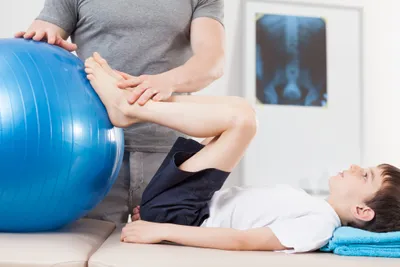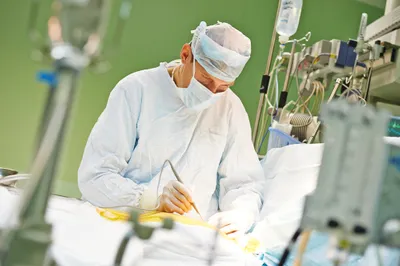Say the word “arthritis” and most people think of joint pain affecting middle-aged and older adults. Unfortunately, it’s not just people in these age groups that suffer from the pain associated with arthritis. In fact, many young people struggle with what is known as juvenile rheumatoid arthritis, which is the most common type of arthritis in children under the age of 17. July is juvenile rheumatoid arthritis month, so there’s no better time to explore this condition.
Juvenile rheumatoid arthritis comes with a number of symptoms, from consistent joint pain to swelling and stiffness that can make even casual daily activities — such as walking to school or riding a bike — excruciatingly difficult. And while some children will experience juvenile rheumatoid arthritis for only a short period, such as a few months, others will face dealing with this condition for their entire lives. Thankfully, there are a number of treatment options for these young patients.
1. Nonsteroidal anti-inflammatory drugs (NSAIDs)
Upon receiving a juvenile rheumatoid arthritis diagnosis, many patients will be prescribed medications to help them cope with the often painful condition. The first and most accessible type of medication prescribed to these individuals is nonsteroidal anti-inflammatory drugs, otherwise known as NSAIDs.
As the name suggests, NSAIDs are designed to alleviate the symptoms associated with juvenile rheumatoid arthritis by reducing inflammation, in this case of the joints. Many NSAIDs are available over the counter, meaning they don’t even require a prescription. Examples include ibuprofen (Advil and Motrin) and naproxen (Aleve). Side effects, which are generally minimal, include nausea and issues with the liver.
2. Disease-modifying antirheumatic drugs (DMARDs)
Should a young patient dealing with juvenile rheumatoid arthritis require something more powerful to combat the pain associated with this condition, their family doctor may prescribe disease-modifying antirheumatic drugs, or DMARDs. Examples of DMARDs include methotrexate (Trexall) and sulfasalazine (Azulfidine).
Sometimes a physician will encourage their patient to take DMARDs in addition to non-steroidal anti-inflammatory drugs, or NSAIDs. And while DMARDs are generally more potent than NSAIDs, the side effects are fairly similar: upset stomach and, should they be taken in excess, liver issues.
3. Tumor necrosis factor blockers (TNFs)
Tumor necrosis factor blockers are often prescribed by doctors to patients suffering from the effects of juvenile rheumatoid arthritis. That’s because TNFs can effectively restrict many of the symptoms associated with the condition, from stiffness in the morning hours to the late-day pain of swollen joints.
Unfortunately, tumor necrosis factor blockers have more significant side effects than non-steroidal anti-inflammatory drugs, which can cause nausea in some patients. Unlike NSAIDs, TNFs increase the chance that a patient will suffer from even more substantial health problems, including cancers like lymphoma. For this reason, doctors may not prescribe TNFs unless the case of juvenile rheumatoid arthritis is considered particularly serious and painful.
4. Immune system suppressants
You could hardly blame someone for wondering why on earth a physician would prescribe medications designed to actually suppress the activity of a person’s immune system if they’re fighting a painful condition like juvenile rheumatoid arthritis. But there’s a good reason physicians turn to these types of medication: because they can effectively limit the chance that the immune system of a juvenile rheumatoid arthritis patient will attack healthy cells and intensify the condition.
There are a number of prevalent immune system suppressants, including abatacept (Orencia), rituximab (Rituxin), anakinra (Kineret) and tocilizumab (Actemra). Like TNFs, they do come with some significant potential side effects, including general infection to cancer.
5. Corticosteroids
A far more potent way to counteract the symptoms of juvenile rheumatoid arthritis involves using corticosteroid medications, such as prednisone. Corticosteroids are often prescribed by a doctor while their patient waits for disease-modifying antirheumatic drugs to take effect.
Should corticosteroid medications be prescribed, chances are they will be in use for only a short time. This is because these drugs have been shown to cause growth difficulties and increase the chances of infection. Juvenile rheumatoid arthritis patients using corticosteroids will receive these drugs orally or through an injection into a problematic joint.
6. Physical therapy
Many older adults struggling with rheumatoid arthritis find that physical therapy can help in alleviating joint and muscle pain. The situation is no different for those dealing with juvenile rheumatoid arthritis, which affects children under age 17 — physical therapists and occupational therapists have a variety of exercises that can improve range of motion, enhance muscle tone, and help young patients overcome restricted flexibility and reduce pain and swelling.
Additionally, a physical therapist or occupational therapist may provide a child with juvenile rheumatoid arthritis with protective equipment or exercise equipment that can help them build strength when at home; for example, joint supports and splints can help protect painful joints and improve overall functionality.
7. Surgery
Generally speaking, surgery will be the last treatment option in juvenile rheumatoid arthritis cases. Prior to considering this rather extreme option, a physician will, in all likelihood, prescribe physical therapy, a range of medications, and even dietary changes.
Should these methods fail to make a difference in the life of the patient, however, then a physician may consider a surgical procedure capable of improving the position of the joint, thereby improving range of motion and, in time, reducing pain and discomfort. However, because surgery often comes with a significant risk of complication and may involve a long and painful recovery time, it should remain a physician’s last option.

